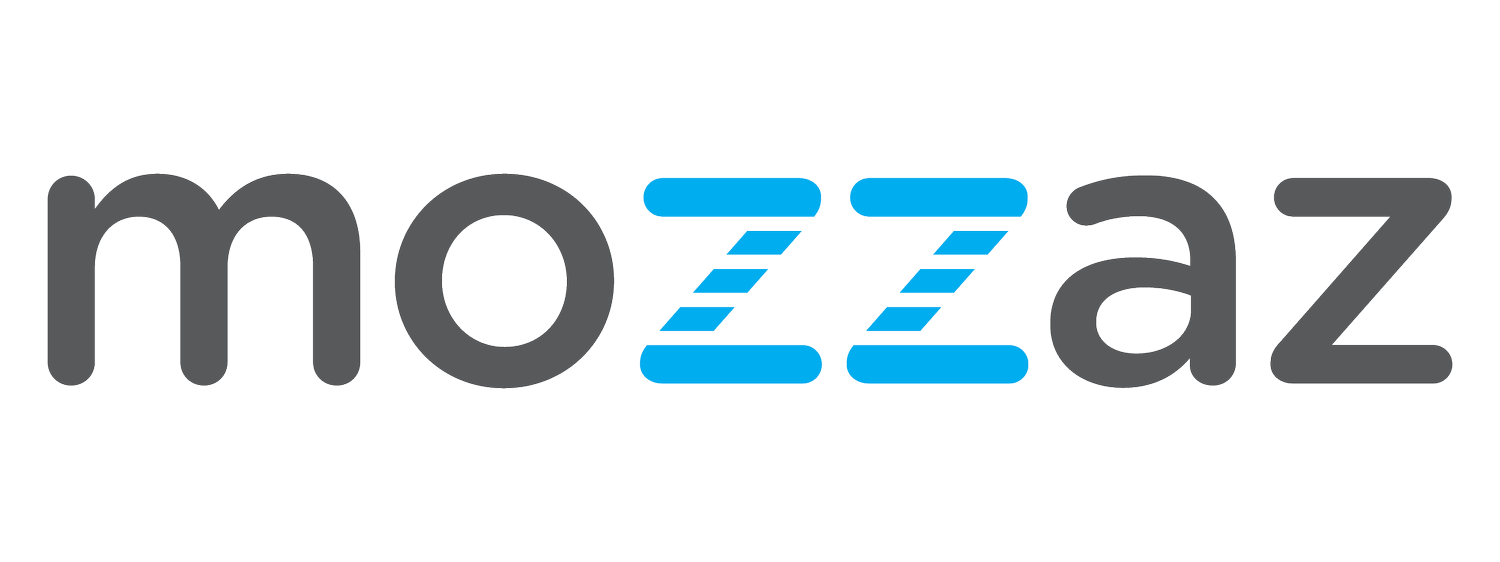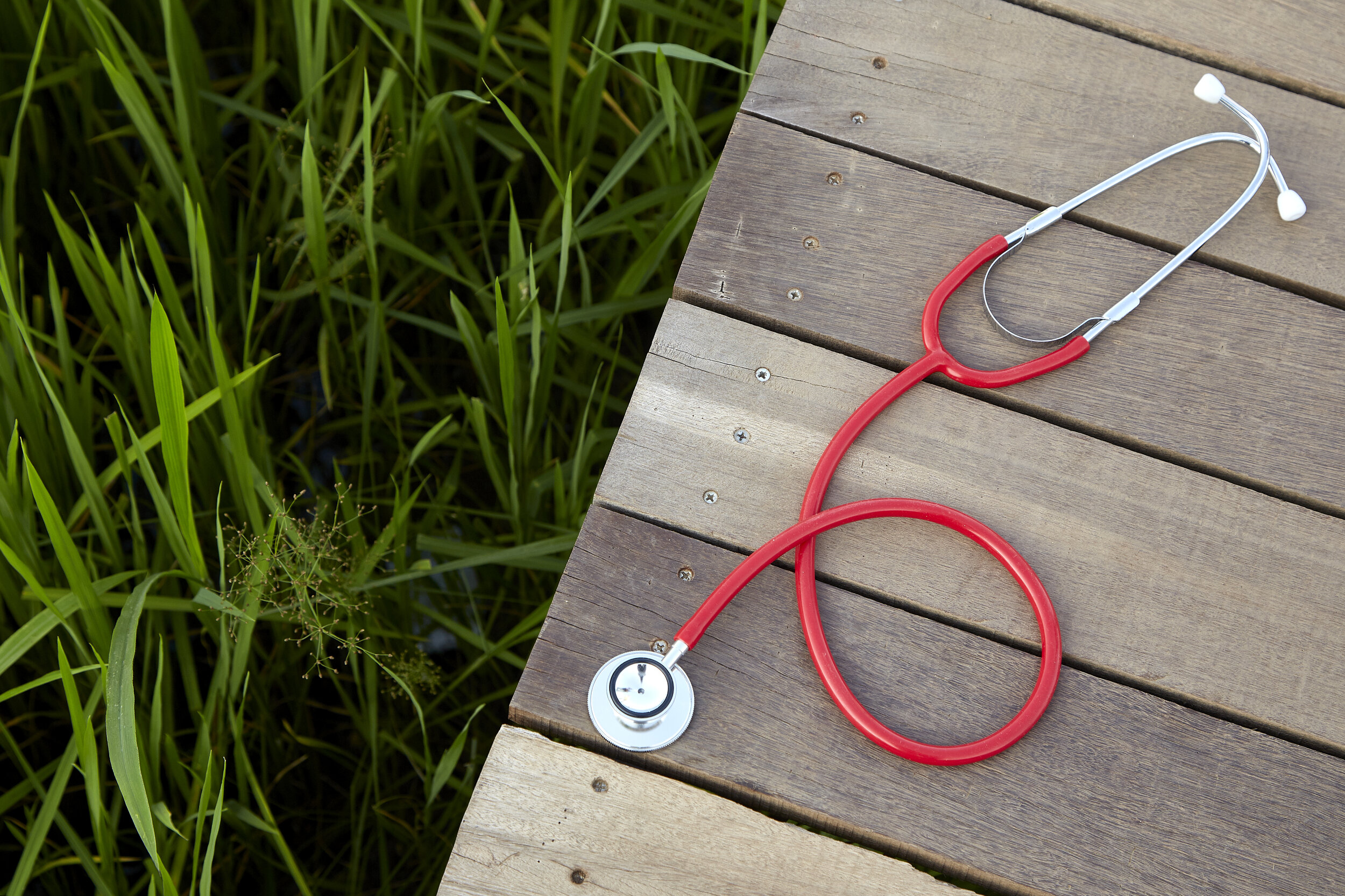Closing Care Gaps In Rural Communities: How Remote Patient Monitoring Increases Accessibility To Care
Health equity is always a hot topic of conversation across the healthcare industry, and for good reason. Giving everyone an equal opportunity to be as healthy as possible is key part of ensuring high quality care for all individuals. Studies have shown that, in comparison to their counterparts living in metropolitan areas, individuals living in rural areas receive a lower quality of care in areas including effective treatment, healthy living, care coordination and access.
Fortunately, with advances in technology, telehealth solutions like remote monitoring and telemedicine in rural areas are helping to close the gap by connecting patients with healthcare resources at higher rates than ever. Comprehensive telehealth platforms offer greater access to health services — including mental and behavioral therapies — and provide more opportunities for remote treatment and care coordination amongst rural populations.
What does telehealth mean? Telehealth is an all-encompassing term for a wide range of solutions. Simply put, telehealth is utilizing a variety of telecommunication technologies to provide or facilitate healthcare. Patients can use a mobile device, tablet, or computer to gain access to healthcare services, providers and educational resources for better understanding and care management. Through live video conferencing, mobile apps and more, patients can find help faster and convey better information to clinicians.
The benefits of telehealth in rural areas go beyond expanding communication. One tool in the telehealth toolkit receiving a lot of attention is remote patient monitoring. Through remote patient monitoring, physicians can supervise their patients’ wellbeing via advanced wearable technologies, and patients are empowered to keep a closer eye on their health and well-being. Remote patient monitoring is proving to be an effective tool in disease management, especially for those in rural areas where healthcare resources are more sparse.
A Closer Look at Remote Patient Monitoring
What is remote patient monitoring (RPM)? Sometimes referred to as remote physiologic monitoring, RPM is the electronic transmission of health data to providers as it is captured via connected medical devices. These devices can deliver constructive information regarding vitals and give valuable insights into how an individual’s day-to-day activities could be impacting their condition(s). This continuous collection of information empowers clinicians to make timely interventions if a device detects anomalies or indicates a cause for concern. Such powerful, real-time data can help improve care and lead providers to make informed decisions faster.
There are various RPM devices available today. Examples of FDA-approved devices include glucose monitors, fitness trackers, digital blood pressure monitors, smart scales, and pulse oximeters. How devices are connected is accommodated based on the location of the patient and integration allows for automatic updates to be transmitted to electronic health records and monitoring platforms. This seamless data flow is important especially considering CMS rulings around patient access and interoperability.
The Advantages of Remote Patient Monitoring in Rural Areas
On top of increasing accessibility, RPM has many other proven benefits. Typically, low population areas have limited access to specialists. With telehealth solutions, however, residents can reduce the time and expenses of traveling. Furthermore, patients tend to feel a stronger sense of connection when they can have consultations regardless of distance.
Another benefit is a higher rate of education and engagement. When patients can access educational materials and health records at any time, they can learn more about their condition and take charge of their care. As a result, providers are seeing an increase in treatment adherence.
RPM offers additional benefits for providers beyond improved better patient outcomes. Telehealth services have been shown to help avert acute health events and ER visits because increased connection enables more timely interventions and preventive treatments. Additionally, with RPM, providers can improve staff efficiency, boosting clientele volume without increasing overhead.
Going Forward
Harnessing the ingenuity of telehealth solutions can help close the gaps seen in rural community healthcare. By better serving this portion of our population, we could potentially see an improvement in quality of life with patients who face hurdles in accessibility to high quality care. Raising health equity across the country is possible with the technology available; it’s time to put it to work and redesign healthcare for the areas that need it most.
Mutually beneficial for patients and providers, Mozzaz offers RPM solutions designed to improve care management. However, our versatile platform can extend further to include delivery of virtual care solutions like care plans, educational content, telemedicine capabilities, and more.
For more information about our RPM services, feel free to contact us today.

